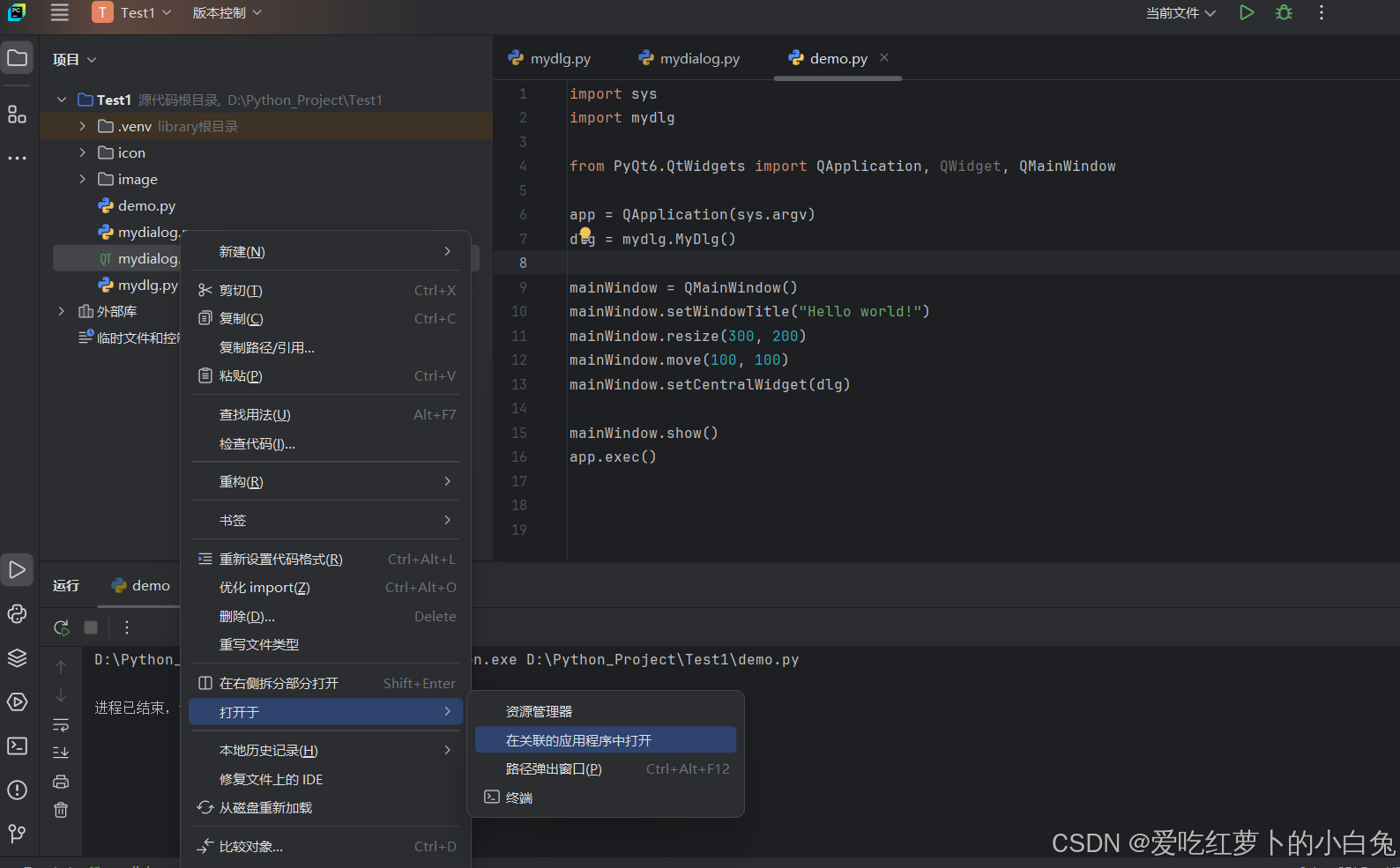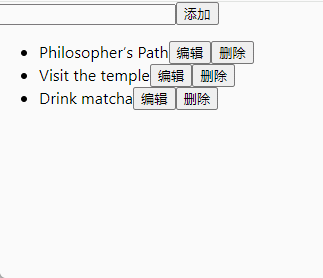文章目录
- 一、硬件连接与SOPAS连接测距仪
- 二、从SOPAS读取数据
- 三、通过JSON获取数据
- 1. 使用Postman测试接口
- 2. 通过代码实现
一、硬件连接与SOPAS连接测距仪
首先硬件设备连接如下:
电源厂家应该是不提供,需要自行解决。

安装完成后需要使用sick的SOPAS软件进行配置:
1、通过软件更改设备IP
2、从设备导入
3、读取数据
4、点击“离线”按钮,切换为在线状态
具体请按照这篇文章来连接
二、从SOPAS读取数据
连接成功后如下图:

双击设备进入设备页面,如下:


这两位就是十六进制的距离信息,可以自行转换为十进制数,与测距仪表面显示屏上的十进制数字进行对比。
三、通过JSON获取数据
分别使用Python和C++来实现了:
1. 使用Postman测试接口

其中:
{
"header": {
"portNumber": 0
},
"data": {
"processData":
"in"
}
}
获取到如下内容表示成功
{
"header": {
"status": 0,
"message": "ok"
},
"data": {
"processDataIn": [
0,
0,
123,
212,
252,
1
],
"isValid": true
}
}
2. 通过代码实现
1、C++代码如下:
#include <windows.h>
#include <winhttp.h>
#include <iostream>
#include <string>
#include <vector>
#include "nlohmann/json.hpp"
#pragma comment(lib, "winhttp.lib")
using json = nlohmann::json;
HINTERNET OpenSession(const wchar_t* userAgent) {
HINTERNET hSession = WinHttpOpen(userAgent,
WINHTTP_ACCESS_TYPE_DEFAULT_PROXY,
WINHTTP_NO_PROXY_NAME,
WINHTTP_NO_PROXY_BYPASS, 0);
if (!hSession) {
std::cerr << "Failed to open WinHTTP session." << std::endl;
}
return hSession;
}
std::string SendPostRequest(HINTERNET hSession, const wchar_t* serverName, const wchar_t* path, const std::string& postData) {
HINTERNET hConnect = WinHttpConnect(hSession, serverName, INTERNET_DEFAULT_HTTP_PORT, 0);
if (!hConnect) {
std::cerr << "Failed to connect to server." << std::endl;
return "";
}
HINTERNET hRequest = WinHttpOpenRequest(hConnect, L"POST", path, NULL, WINHTTP_NO_REFERER,
WINHTTP_DEFAULT_ACCEPT_TYPES, 0);
if (!hRequest) {
std::cerr << "Failed to open request." << std::endl;
WinHttpCloseHandle(hConnect);
return "";
}
const wchar_t* headers = L"Content-Type: application/json";
DWORD dwBytesSent = 0;
if (!WinHttpSendRequest(hRequest, headers, -1L, (LPVOID)postData.c_str(), postData.size(), postData.size(), 0)) {
std::cerr << "Failed to send request." << std::endl;
WinHttpCloseHandle(hRequest);
WinHttpCloseHandle(hConnect);
return "";
}
if (!WinHttpReceiveResponse(hRequest, NULL)) {
std::cerr << "Failed to receive response." << std::endl;
WinHttpCloseHandle(hRequest);
WinHttpCloseHandle(hConnect);
return "";
}
std::string response;
DWORD dwSize = 0;
DWORD dwDownloaded = 0;
LPSTR pszOutBuffer;
do {
dwSize = 0;
if (!WinHttpQueryDataAvailable(hRequest, &dwSize)) {
std::cerr << "Failed to query data available." << std::endl;
break;
}
pszOutBuffer = new char[dwSize + 1];
if (!pszOutBuffer) {
std::cerr << "Memory allocation failed." << std::endl;
break;
}
ZeroMemory(pszOutBuffer, dwSize + 1);
if (!WinHttpReadData(hRequest, (LPVOID)pszOutBuffer, dwSize, &dwDownloaded)) {
std::cerr << "Failed to read data." << std::endl;
}
else {
response.append(pszOutBuffer, dwDownloaded);
}
delete[] pszOutBuffer;
} while (dwSize > 0);
WinHttpCloseHandle(hRequest);
WinHttpCloseHandle(hConnect);
return response;
}
int main() {
HINTERNET hSession = OpenSession(L"MyAppName/1.0");
if (!hSession) {
return 1;
}
const wchar_t* serverName = L"169.254.102.101";
const wchar_t* path = L"/iolink/sickv1/readPort";
json payload = {
{"header", {{"portNumber", 0}}},
{"data", {{"processData", "in"}}}
};
std::string postData = payload.dump();
std::string response = SendPostRequest(hSession, serverName, path, postData);
if (!response.empty()) {
try {
json data = json::parse(response);
const json processDataIn = data.at("data").at("processDataIn");
if (processDataIn.size() >= 4) {
int thirdData = processDataIn[2].get<int>();
int fourthData = processDataIn[3].get<int>();
std::cout << "Third data: " << thirdData << std::endl;
std::cout << "Fourth data: " << fourthData << std::endl;
}
else {
std::cout << "Response does not contain enough data." << std::endl;
}
}
catch (const std::exception& e) {
std::cerr << "Failed to parse JSON response: " << e.what() << std::endl;
}
}
else {
std::cerr << "Request failed." << std::endl;
}
WinHttpCloseHandle(hSession);
return 0;
}
注意,nlohmann/json.hpp需要自行去github上把nlohmann下载下来,然后去包含目录导入。
python比较简单:
import requests
# 定义请求的URL和请求体
url = "http://192.168.0.20/iolink/sickv1/readPort"
payload = {
"header": {
"portNumber": 0
},
"data": {
"processData": "in"
}
}
# 发送POST请求
response = requests.post(url, json=payload)
# 检查请求是否成功
if response.status_code == 200:
# 解析返回的JSON数据
data = response.json()
# 获取processDataIn列表
process_data_in = data.get('data', {}).get('processDataIn', [])
# 检查列表长度是否足够
if len(process_data_in) >= 4:
# 获取第3和第4个数据(索引为2和3)
third_data = process_data_in[2]
fourth_data = process_data_in[3]
print(f"Third data: {third_data}")
print(f"Fourth data: {fourth_data}")
else:
print("Response does not contain enough data.")
else:
print(f"Request failed with status code: {response.status_code}")
运行结果:

即为所求



















